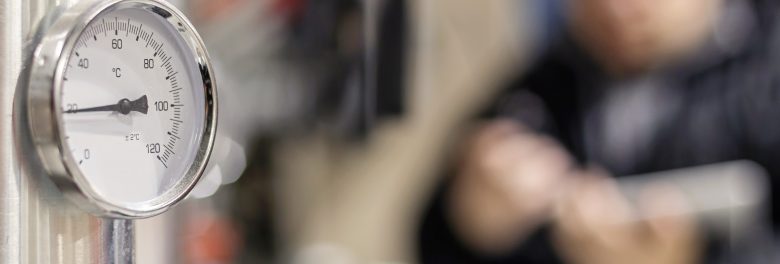
CIBSE has recently published new guidance on domestic hot water temperatures for heat networks. The new document recommends the adoption of a 50°C target for the DHW generated at the hydraulic interface unit (HIU) outlet, with 45°C being reached at the kitchen tap within 45 seconds or less (notable exceptions exist, such as for vulnerable customers).
The document has been prepared by various industry specialists and includes a review of current standards. The NHBC, which was involved in the development of the document, have confirmed that its requirements will be adjusted to match the new guidance, which is expected to happen in January 2022.
Risks such as Legionella outbreaks are mitigated as by generating hot water at 50°C compliance with HSG274 (HSE, 2014) is still achieved, with the added benefit of mitigating scalding risk.
The document also offers guidance on how to design around the approach temperature limits imposed by most thermostatic mixing valves (TMVs): by not installing isolation valves between the cold-water supply to the HIU and to the TMV, the system inherently ensures that if the cold-water fails, so does the hot water, avoiding risk of scalding.
The main benefits of the lower temperature include higher efficiencies (particularly in heat pump-based systems), lower heat losses (due to the lower operating temperatures) and less limescale formation due to the higher solubility of calcium carbonate at lower temperatures.
Posted on September 14th, 2021
Author: Igor Esteves
Related services: Masterplanning & Strategy, Heat Network Performance Evaluation,